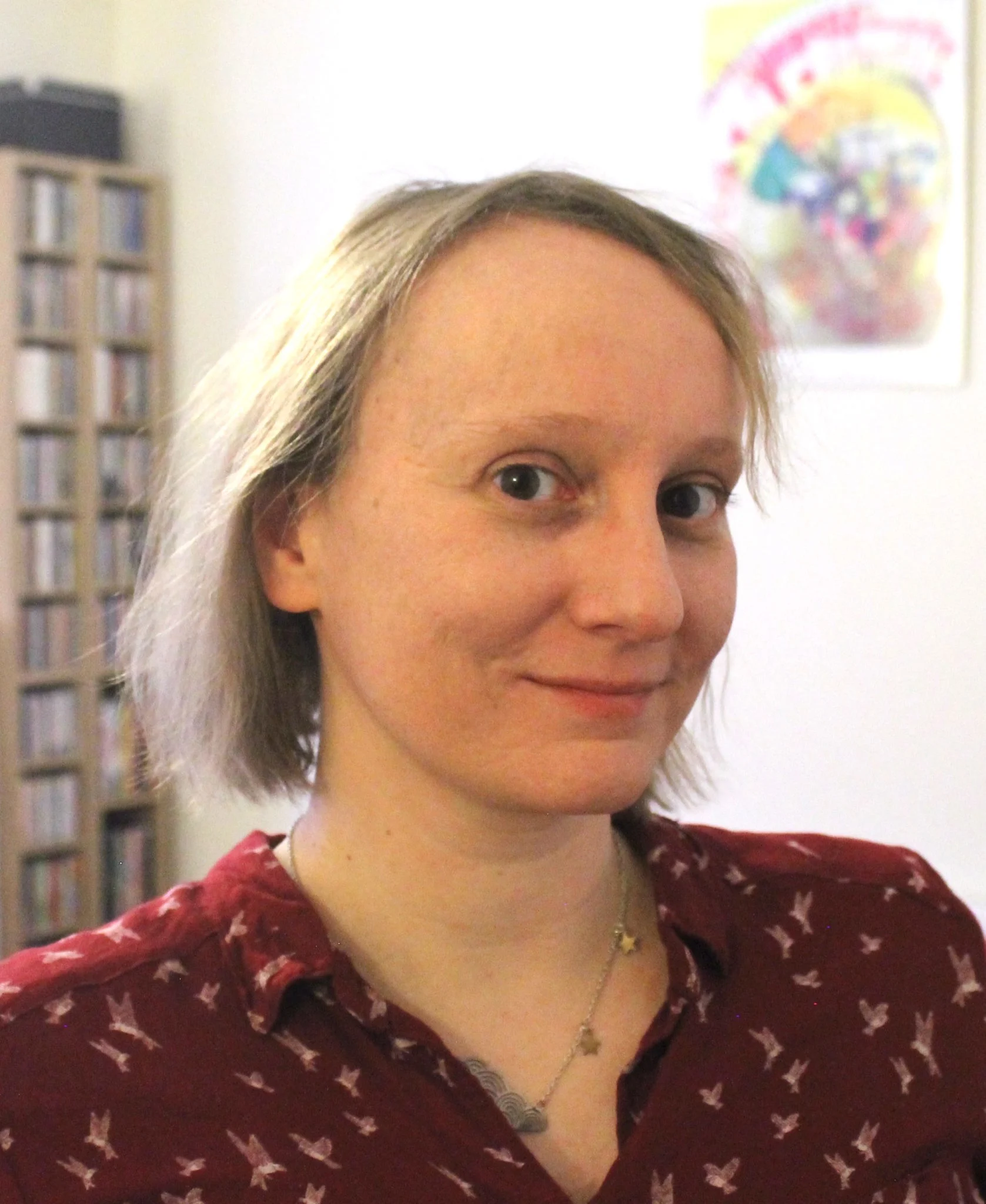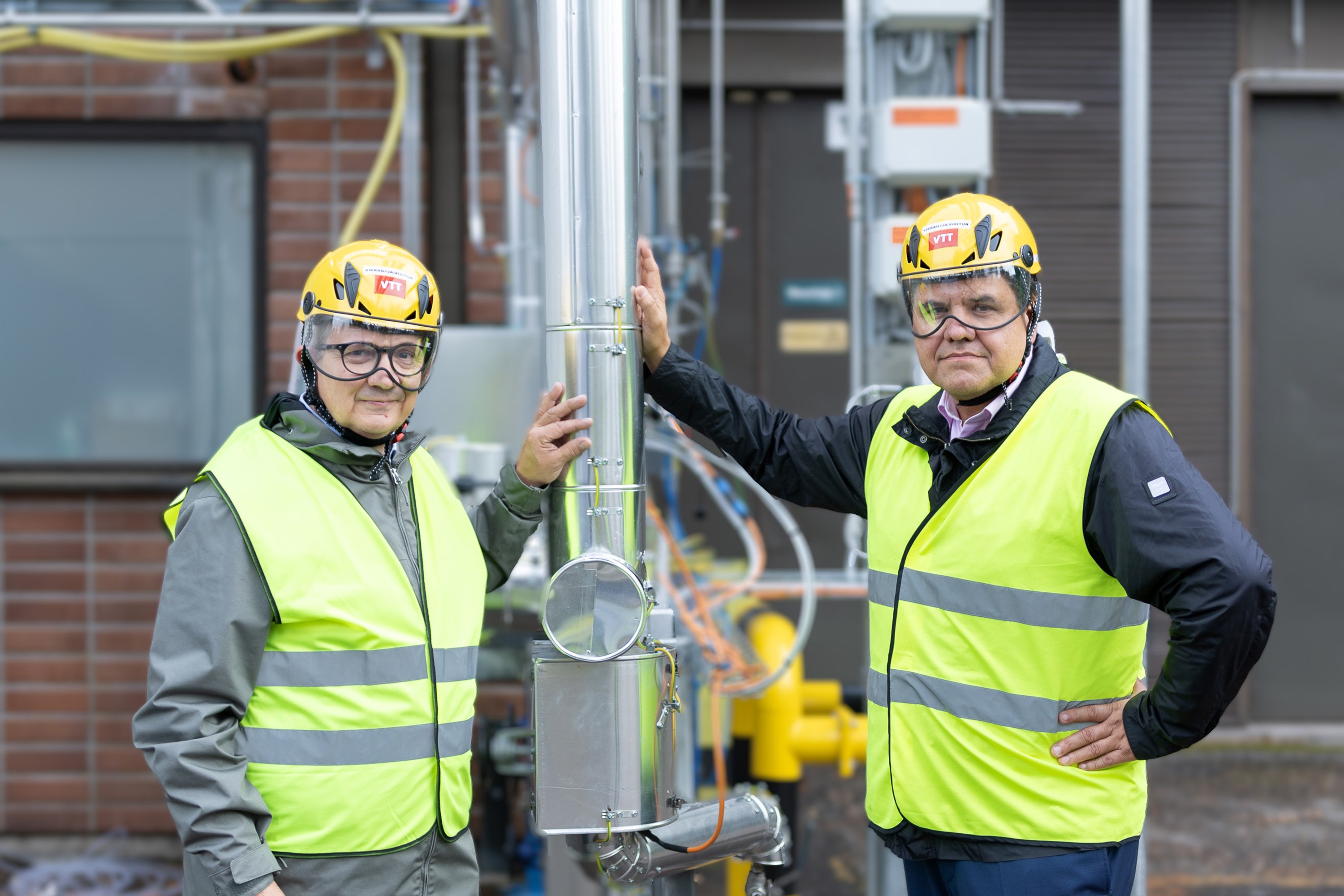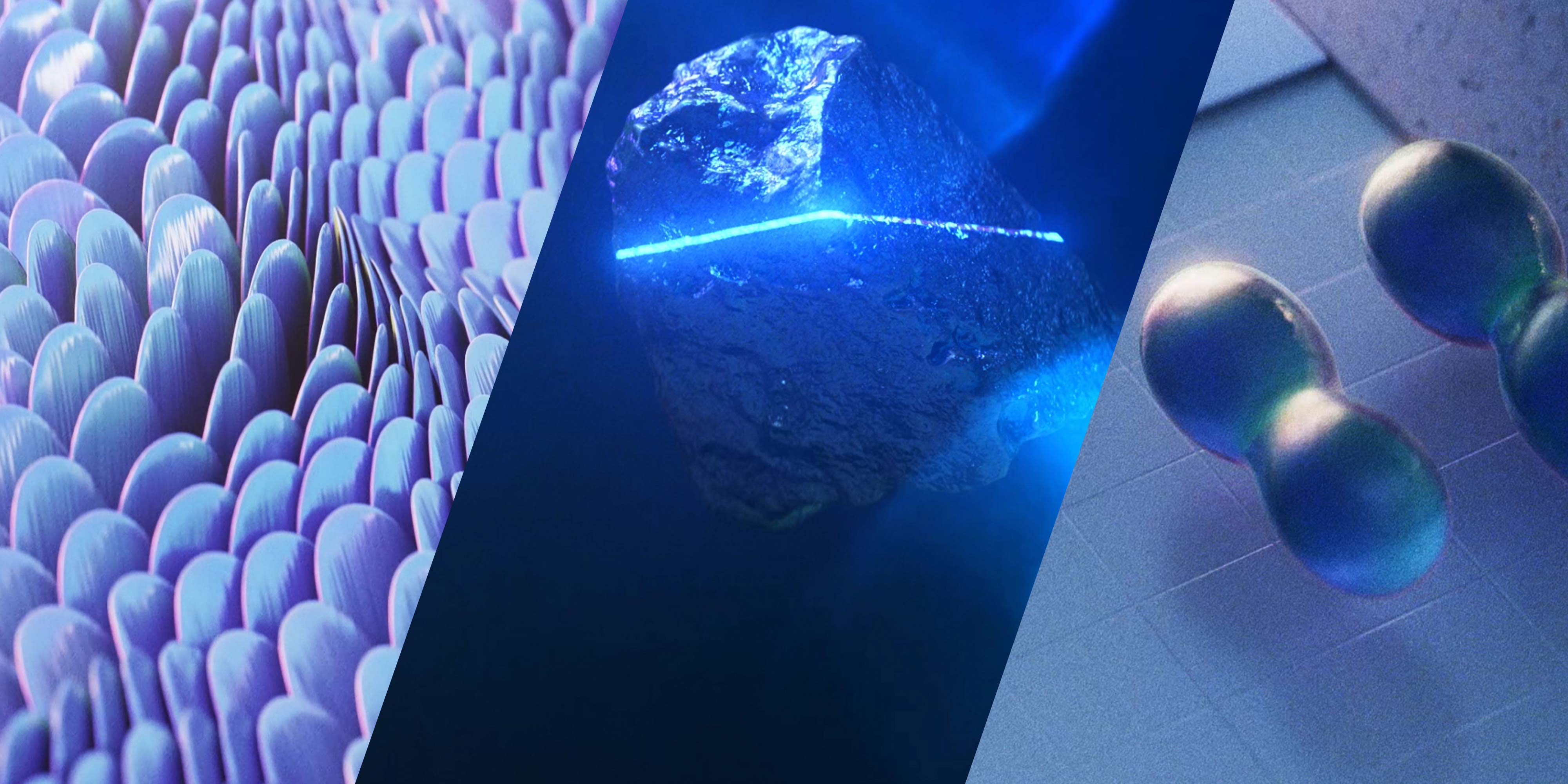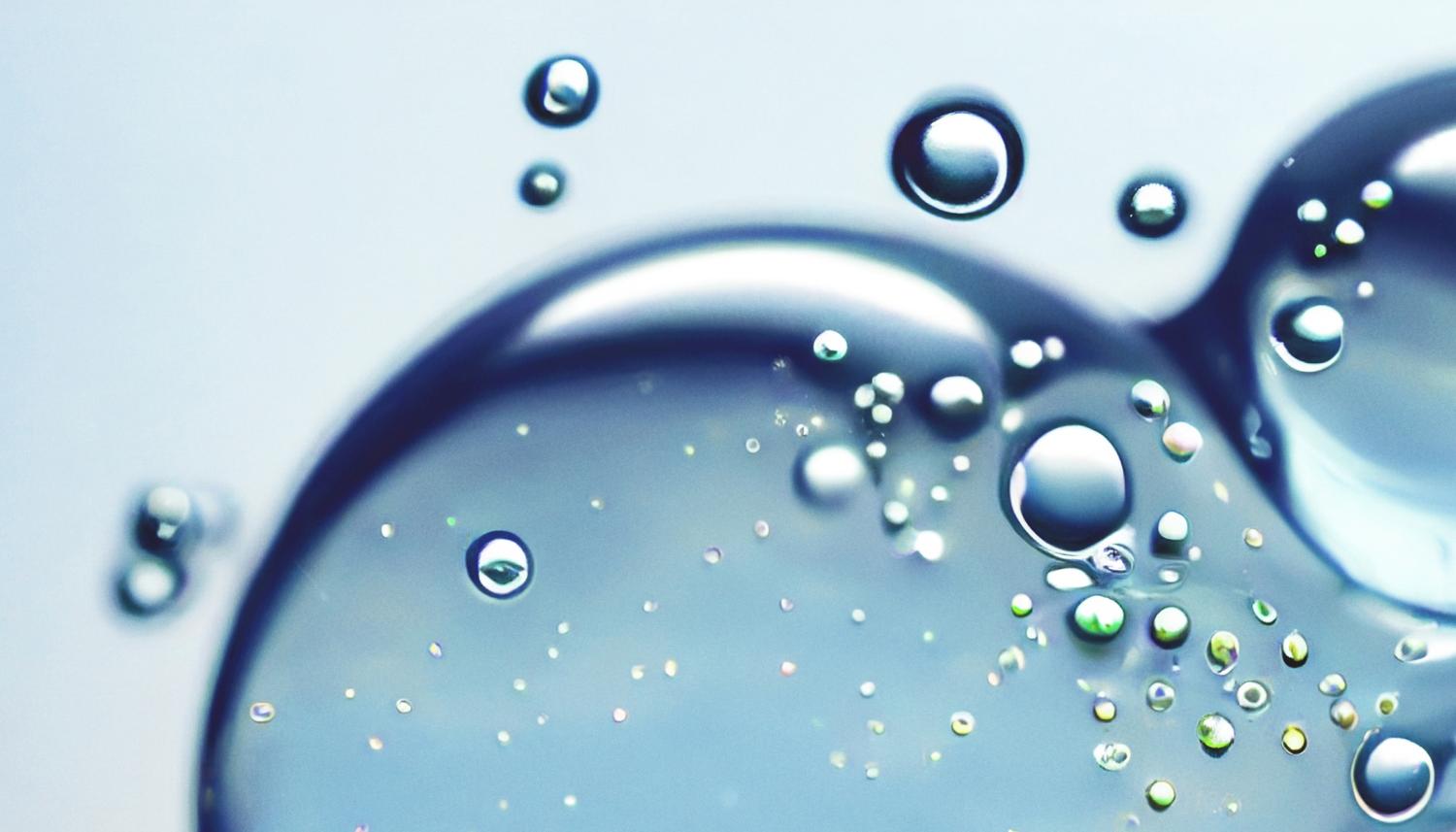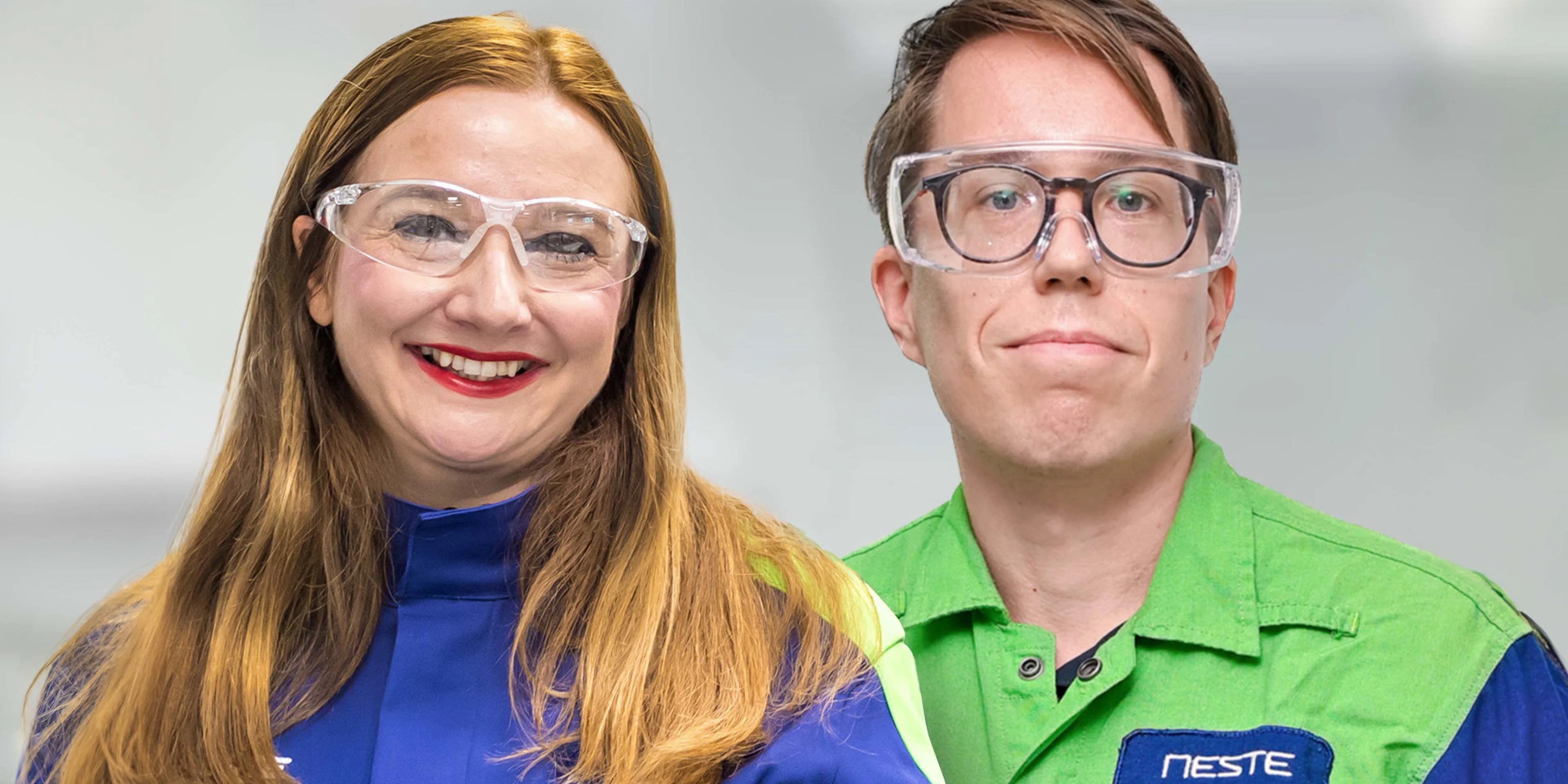
Innovation
5 minute read
From idea to innovation: Tips from award-winning innovators who shape our tomorrow
What does it take to be an innovator? Two members of the team winning the 2023 European Inventor Award share their journey and their best tips for innovation.
Going from an idea to a practical innovation can be challenging, though extremely rewarding.
"Any project that does something very new is never easy," says Jukka-Pekka Pasanen, Senior Associate at Neste, a global leader in the field of renewable diesel and sustainable aviation fuel.
His colleague Blanka Toukoniitty, Global Technical Lead at Neste, agrees. "When I first started on our project, we had technical challenges because the technology was so new," she says.
Pasanen and Toukoniitty were both part of a team at Neste which was awarded the Industry category of the European Inventor Award for their development work on the company’s proprietary NEXBTL™ technology, first patented 25 years ago.

Image: The European Inventor Award winning team from Neste: Jukka-Pekka Pasanen, Annika Malm, Jukka Myllyoja, Pia Bergström, Blanka Toukoniitty
An innovative climate solution
The solution that the team worked on is a new method to produce renewable fuel. "We used various waste and residues as a starting material and processed it into high quality renewable fuels," says Toukoniitty. The innovative aspect of the NEXBTL technology is that it can use raw materials that would otherwise have been too difficult to process and turn them into renewable energy solutions.
Building a sustainable future is not always about technical innovations, though. Pasanen cautions that "it's also important for people to change their way of thinking. Maybe you don't eat as much meat, or maybe you don't fly to far holiday destinations."
But new innovations can make the transition to a more sustainable future easier. For example, by reducing the climate impact of flying with sustainable aviation fuel.
From idea to innovation
Toukoniitty has been involved from the beginning in the project focused on converting waste and residue raw materials into lower-emission renewable fuels. "It was a field that was very new at the time," she says. So how do you go from an idea to an innovation?
"You need to be prepared for a long journey," says Pasanen "It takes a long time to go through small-scale and large-scale experiments."
"And if you have an idea, it's very important to let somebody challenge you," adds Toukoniitty. "That can be difficult, but it helps to develop your idea. You have to be ready to share it with others."
Luckily, Toukoniitty and Pasanen were not alone on their innovation journey.
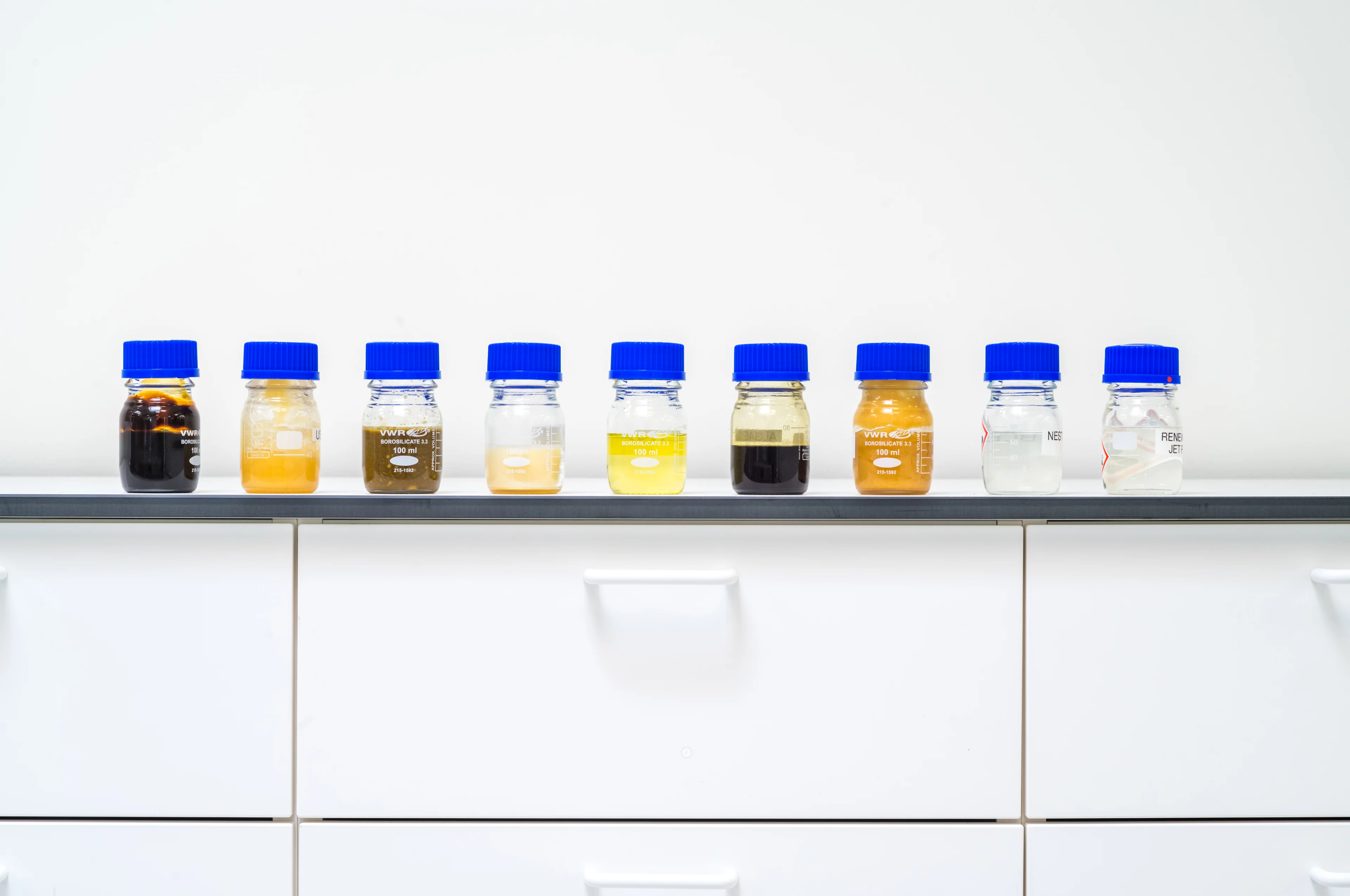
Building new innovations is a team activity
"We have had lots of support and collaboration with different departments within R&D", says Toukoniitty. In addition, they worked closely with analytical departments, production units and engineers to help them solve challenges they encountered along the way.
Having people with different professional backgrounds is important for developing an innovation, thinks Pasanen. "Not only engineers or scientists," he says, "but people who see the commercial context." This can lead to conversations that spark new ideas.
Pasanen is currently in Singapore at Neste's APAC Innovation Center, so meetings with colleagues in Europe are often online. However, getting together in person is very useful when you're building trust within a team. "Once the ice has been broken it's easier to then follow up online," he says.
"When we were first working on this project, we were both in Porvoo (Finland)," says Toukoniitty. "It helped us be a team."
Communication is key to innovation success
When you're innovating together, clear communication is important.
"Measurements or numbers can be easier to communicate than sharing ideas in such a way that everybody understands them," says Pasanen. He adds that you need to be able to see the big picture to communicate it to people outside of your direct field.
Toukoniitty points out that good communication is also important to discuss the project within the team. Not just when you're stuck, but also to share new observations for others to pick up. "Sometimes production noticed something which we then developed further in R&D, or the other way around," she says.
From trials to triumphs
Any progress toward innovative solutions will inevitably have some setbacks along the way.
For the team working on sustainable fuels at Neste, the early years were difficult because the technology wasn't fully working yet and it was up to them to solve the problems. "The days when I saw good results made me really motivated," says Toukoniitty. "When after months of failure you suddenly see that it works - it's extremely rewarding."
Another source of encouragement was knowing that the research would eventually have real-world impact. "It's very exciting to see that what you've worked on at a small scale also works at a larger scale," says Pasanen. "I have also been involved in projects that haven't gone beyond the lab scale. There, curiosity is the biggest motivator, but it's much nicer to see a project grow."
Toukoniitty points out that they were very lucky. "It's not always that R&D projects become so big and successful." But she adds that luck isn't the only factor, and that it's equally important to work hard and to talk about the research with other people.
Pasanen agrees that sharing ideas is important in innovation. "I think that you get to work with very interesting people with different views," he says. "It wouldn't be as nice on your own, that's for sure."
Credits:
Dr. Eva Amsen, a science writer and communicator whose work has appeared on Forbes, Nautilus and The Scientist. Twitter
